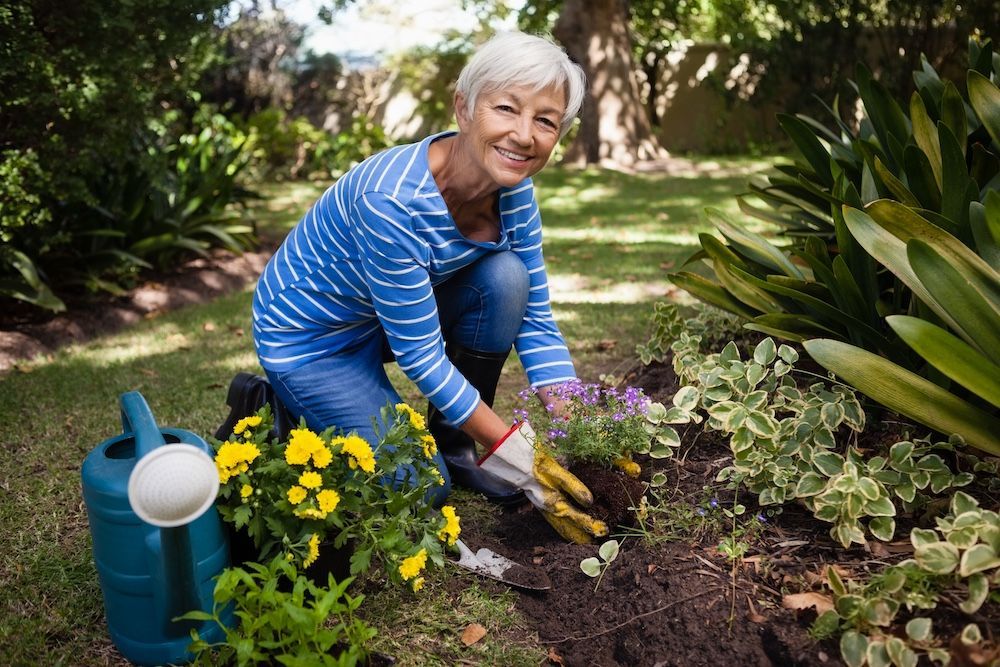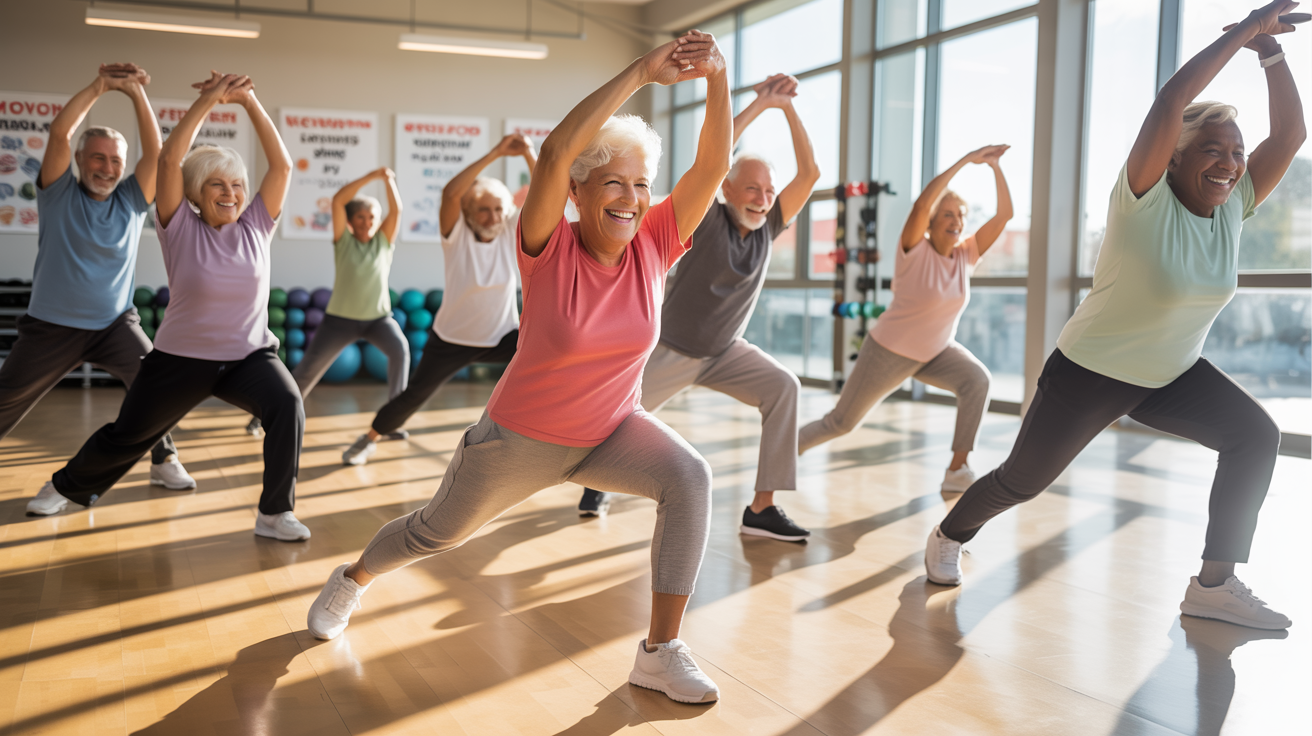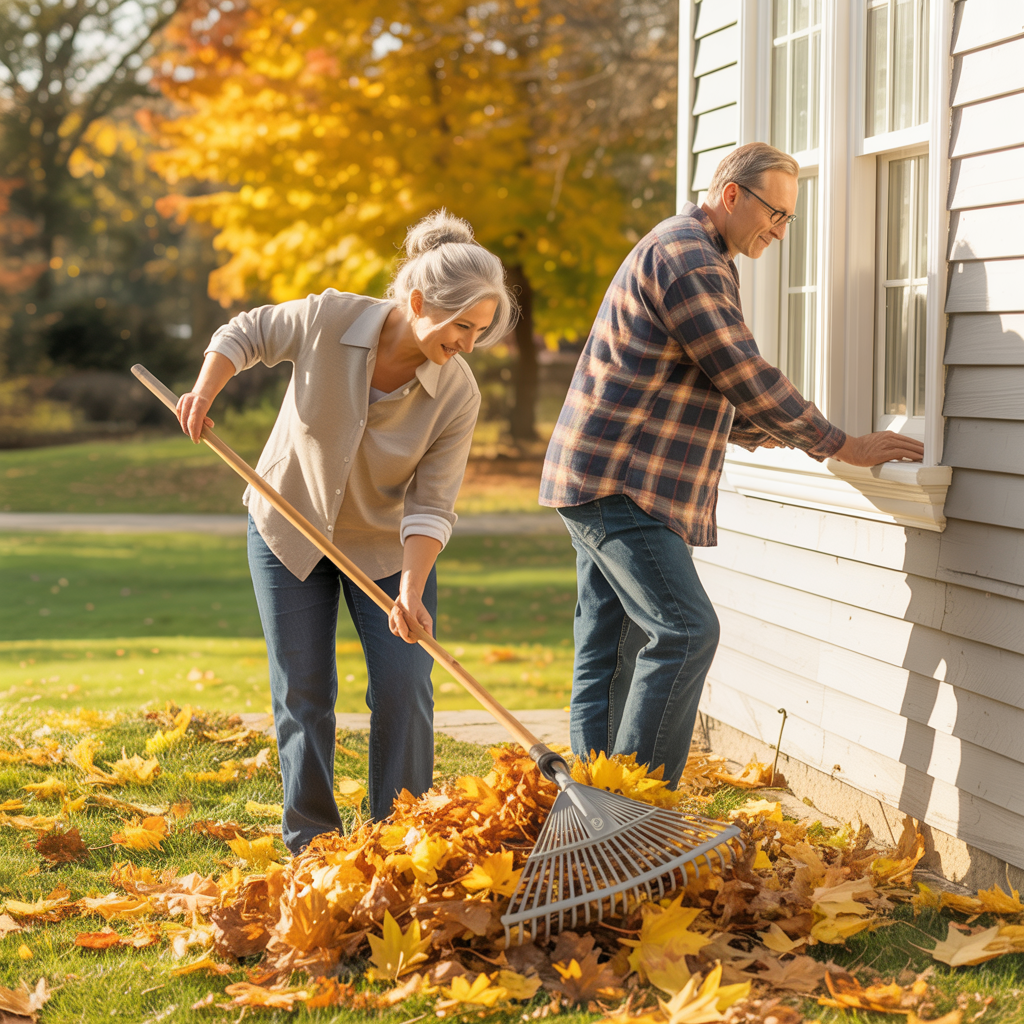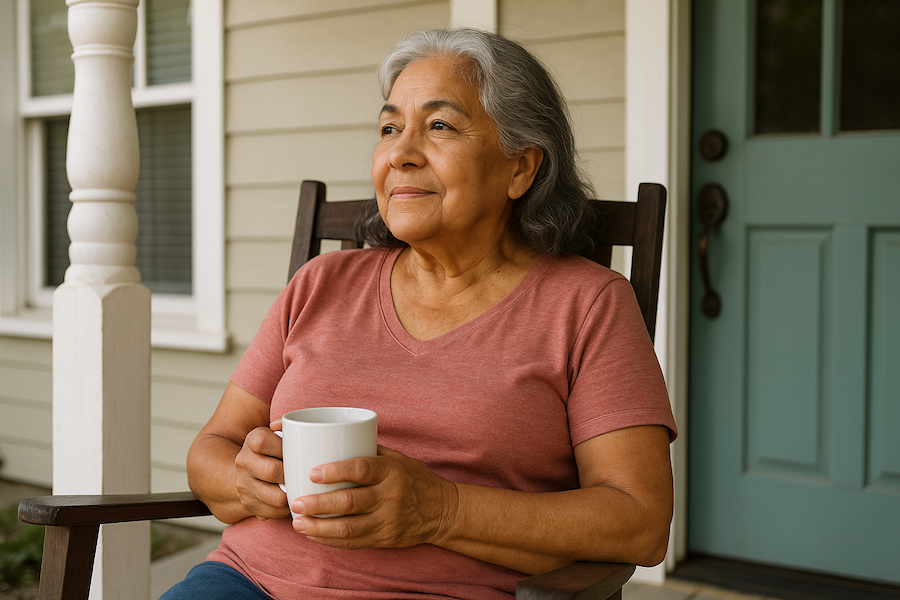Smart and Savvy: Budget Travel Tips for Seniors This Summer
Stretch Your Travel Dollars and Have a Great Time
Summer is a beautiful time to explore new places, visit family, or enjoy a well-deserved getaway. Whether it’s a scenic road trip in the Sierras or a peaceful beach retreat, travel is one of the best ways to stay active, inspired, and connected. And the good news? You don’t have to break the bank to enjoy it.
As a senior, you’ve earned the right to travel in comfort—and with a few smart tips, you can stretch your travel dollars further while making unforgettable memories.
Here are some tried-and-true budget travel tips just for seniors looking to enjoy summer adventures without overspending.

Take Advantage of Senior Discounts
One of the best perks of aging? The discounts! Many travel-related businesses offer special rates for seniors—sometimes as early as age 55.
Look for savings on:
Hotels and motels (AARP and AAA memberships can help)
Train and bus tickets (Amtrak and Greyhound both offer senior discounts).
National park entry (The America the Beautiful Senior Pass is just $20 annually or $80 for life!)
Museums, tours, and cultural attractions
Tip: Always ask if a senior discount is available—even if it’s not advertised. A quick question could save you 10% or more.
Be Flexible With Dates and Destinations
Flexibility is one of the biggest advantages seniors have over the typical 9-to-5 traveler. By avoiding peak travel dates like weekends and holidays, you can find better prices on transportation, accommodations, and even dining.
Budget-friendly ideas:
- Travel mid-week instead of over the weekend
- Consider lesser-known destinations or “shoulder season” times (early summer or late August)
- Sign up for price alerts on sites like Google Flights, Hopper, or Skyscanner
- You don’t have to fly to far-off places either—many wonderful destinations are just a few hours’ drive from home.
Pack Smart and Light
Overpacking can lead to extra fees, backaches, and travel headaches. Focus on bringing only what you need and choosing items that can mix and match.
Money-saving tip: If flying, aim for a carry-on bag only to avoid baggage fees. Many senior travelers also opt for wheeled carry-ons to make mobility easier.
Make a checklist before you pack and include:
- Lightweight layers
- Comfortable walking shoes
- Travel-size toiletries
- Medications in original containers (and a list in case of emergency)
Use Rewards Points and Travel Apps
If you’ve been collecting credit card points or frequent flyer miles, now is the time to use them! Travel reward programs can significantly reduce the cost of flights, hotels, or rental cars.
Helpful tools for budget travel:
- Airbnb or Vrbo for more affordable accommodations, especially for longer stays
- GasBuddy for finding cheap fuel prices if you’re driving
- Rome2Rio to map out the most cost-effective routes between destinations
Travel with a Group or Partner Up
Group travel often comes with discounts, and it can also add an extra layer of comfort and safety. Whether it’s a church group, senior travel club, or a few close friends, traveling together helps lower costs for transportation, lodging, and even meals.
Check with your local community center or senior organization to find group trip opportunities in your area.
Plan for Health and Safety
Before you go, make sure your health needs are covered—because nothing ruins a trip faster than an unexpected issue.
To-do list:
- Pack prescriptions and a copy of your medication list.
- Let a loved one know your travel itinerary.
- Consider travel insurance for added peace of mind.
- If mobility is a concern, many hotels and tour companies offer accommodations for accessibility—just ask ahead of time.
Travel Well, Spend Less, Enjoy More
Travel is one of life’s greatest joys, and with a little planning, it doesn’t have to cost a fortune. As a senior, you have the wisdom, flexibility, and now—thanks to these tips—the tools to enjoy the summer on your terms.
As your Reverse Mortgage Professional, I understand how important it is to enjoy the retirement lifestyle you’ve worked so hard for. A reverse mortgage can help you access home equity to fund the things that matter most—like travel, family experiences, or simply peace of mind.
Let’s explore how to make your retirement years your best adventure yet.











